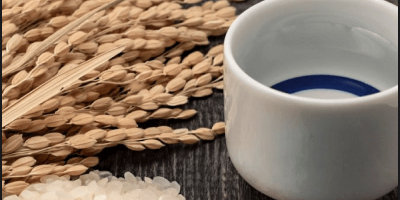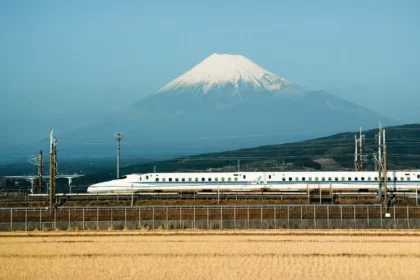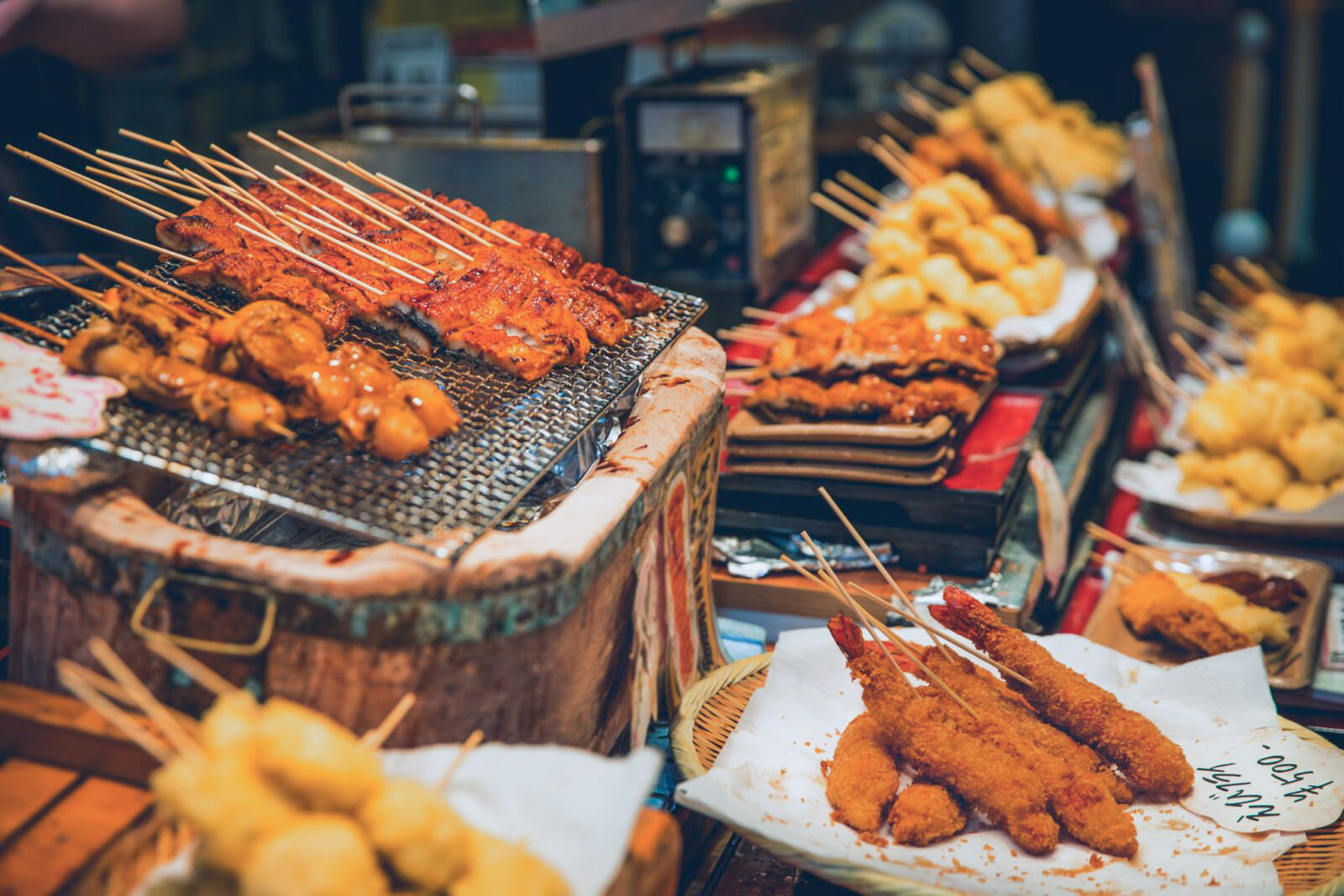
Food allergies don't have to prevent you from traveling. Careful preparation and communication can help ensure a safe and enjoyable trip. This guide provides helpful tips for traveling to Japan with food allergies, including information on understanding food labels and dining out at restaurants.
In this article, we'll answer the following questions regarding traveling with food allergies in Japan:
How Do I Find Safe Food While Traveling in Japan?
Are There Allergy-Friendly Options in Japanese Restaurants?
How to Deal with Allergy Medications in Japan?
What to Do if You Consume a Food You Are Allergic to in Japan?
What Are the Common Food Allergens in Japan?
Understanding Japanese Food Labels

In Japan, the Consumer Affairs Agency (CAA) legally requires manufacturers to indicate 7 common food allergens on product labels. These ingredients include: egg (卵, たまご), milk (乳), wheat (小麦), peanut (落花生/ピーナッツ), buckwheat (蕎麦/そば), shrimp (エビ), and crab (カニ).
There are also an additional 20 allergens which are recommended but not required to be listed on labels. These ingredients include: Almonds, Abalone, Squid, Salmon roe, Oranges, Cashew nuts, Kiwifruit, Beef, Sesame, Salmon, Mackerel, Soybeans, Chicken, Bananas, Pork, Matsutake mushrooms, Peaches, Yams, Apples, and Gelatin.
Allergens are required to be written in a separate box on the food label titled “本製品のアレルギー物質” (Allergens in this product). However, please note that they may not always be displayed in the same format or with the same kanji/hiragana/katakana and often are displayed differently depending on the manufacturer. It is therefore recommended, in addition to reading the label, to use your best judgment and stick to foods which are unlikely to contain an ingredient you are allergic to.
Dining at Restaurants
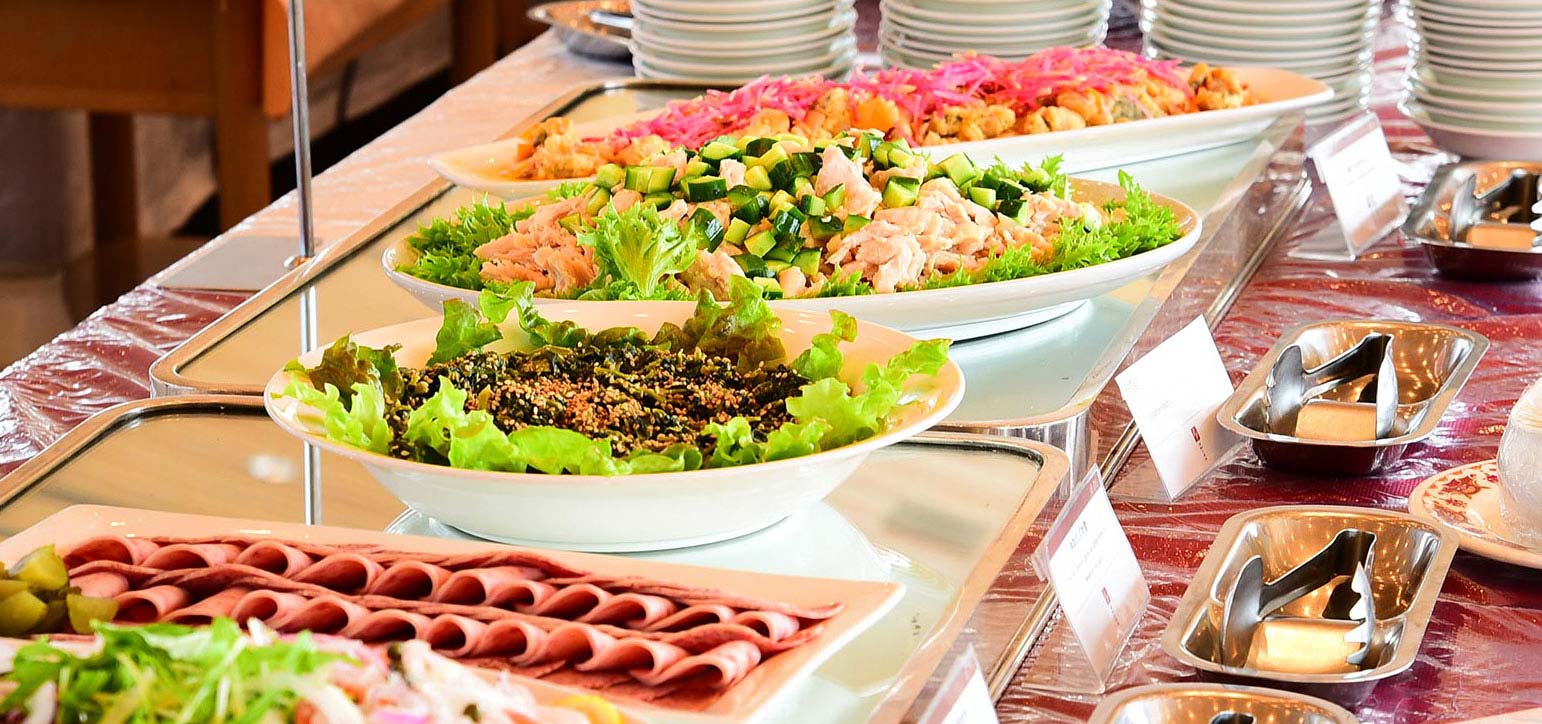
When dining out with food allergies, planning ahead is crucial. Inform the restaurant of any special dietary needs in advance, not on the day of your meal.
If you don't have time to make reservations, consider choosing chain restaurants, as they often use consistent ingredients and preparation methods. Be proactive if the wait staff does not seem to understand your situation—seek out another staff member or manager if needed, and don't hesitate to avoid a meal if you feel unsafe.
Medications
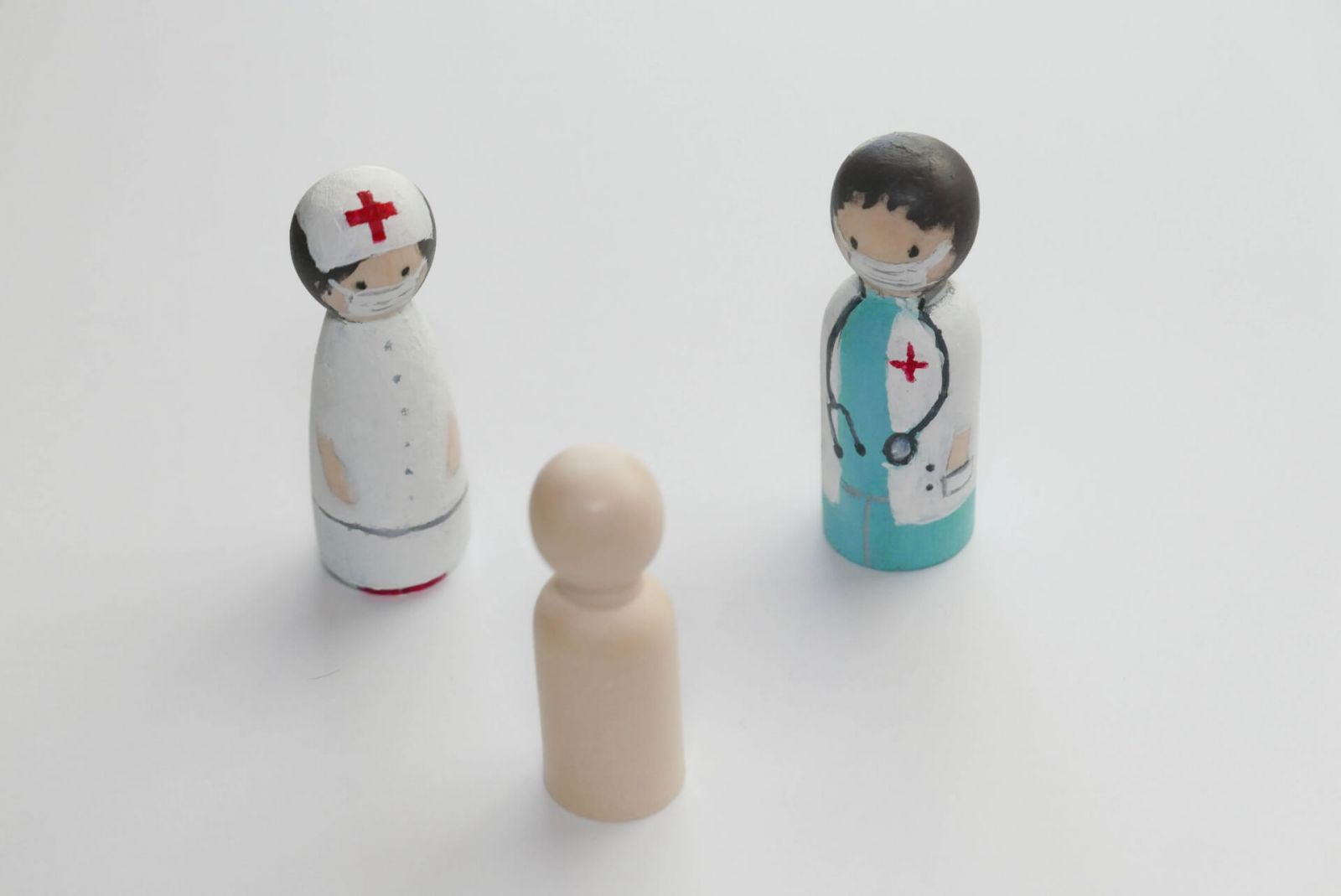
Carry a bilingual list of medications and anaphylaxis symptoms to facilitate communication during an emergency. Ask your doctor to provide a physical list of prescriptions to bring with you. It is important to note that the EpiPen is the only epinephrine auto-injector available in Japan, so you will need to plan accordingly if you are currently using another epinephrine auto-injector.
As always, check the policies for carrying medication on flights prior to arriving at the airport.
Emergencies

It is highly recommended to purchase travel insurance before your trip, as emergency medical care can be costly. In an emergency, administer epinephrine immediately and call 1-1-9 to request ambulance transport to a hospital.
Emergency service operators will answer in Japanese and may or may not only understand that language. However, other languages are supported via 3rd-party interpreters which the operator will connect you with. The supported languages vary depending on the municipality, but English is the most common. You can request the 3rd-party interpreters by asking for “English” or “eigo.”
It is important to inform the emergency service operator whether or not epinephrine has been administered as not all ambulances are equipped with epinephrine.

Here is some Japanese vocabulary to assist you in communicating your allergy and symptoms:
アレルギー (pronounced “arerugii”): allergy
アレルギー物質 (pronounced “arerugii busshitsu”): allergen
アレルギーの症状 (pronounced “arerugii no shojo”): allergy symptoms
救急車を呼んで下さい (pronounced “kyuukyusha o yonde kudasai”): please call an ambulance
アレルギー検査 (pronounced “arerugii kensa”): allergy test
アナフィラキシー (pronounced “anafirakushii”): anaphylaxis
助けて下さい (pronounced “tasukete kudasai”): please help me
エピペン (pronounced “epipen”): epipen
Common Allergens

Before stepping on the plane to Japan, it is best to familiarize yourself with common allergens in Japanese cuisine, such as fish, shellfish, pork, eggs, dairy, wheat/gluten, peanuts, tree nuts, sesame, and soy. Vigilance is required, as these ingredients may be hidden in broths, sauces, and other dishes.
Fish: Many Japanese soups contain "fishcakes”—a processed food made from fish. The broth called "dashi" is also made from dried, smoked bonito fish. Dashi is used extensively in Japanese cooking as a seasoning and many Japanese people use it so regularly that they might not even think of it as “fish,” so it's important to specifically ask if a dish contains dashi in addition to fish.
Shellfish: Some products (especially dairy) in Japan often contain ground-up shellfish shells for added calcium. Chopped shrimp may also be added to dishes like takoyaki and okonomiyaki.
Pork: The broths for ramen and the dish called tonkotsu (used in nabé hot pots) are made from pork bones. Pork is also a common ingredient in oden in the form of hotdogs.
Eggs: Eggs are frequently used when frying foods in Japanese cuisine.
Dairy: Dairy is not traditionally used in Japanese food, but it is prevalent in breads and Japanese-Western dishes.
Wheat/Gluten: Soy sauce, deep-fried breading (panko), and wheat-based noodles (udon, ramen, most soba) all contain gluten. Some restaurants offer 100% buckwheat "inaka" soba noodles as a gluten-free option.
Peanuts/Tree Nuts: These are not commonly used in traditional Japanese dishes, with the exception of chestnuts.
Sesame: Sesame seeds, oil, and paste are widely used, so it's important to inquire about their inclusion.
Soy: Soy sauce, tofu, and miso are ubiquitous in Japanese cooking, making it one of the most difficult allergens to avoid in Japan.
Nightshades: Tomatoes are not typical in Japanese cuisine, but peppers and eggplant do appear in dishes like tempura and curry. Togarashi is a “spicy” seasoning using dried peppers and is very common at noodle restaurants.
With some advance planning and preparation, traveling in Japan with food allergies is absolutely possible. But for those who may still be nervous, please do not hesitate to contact us. Our staff are happy to help with booking hotels, restaurants, and tours to ensure your trip is as smooth as possible.










